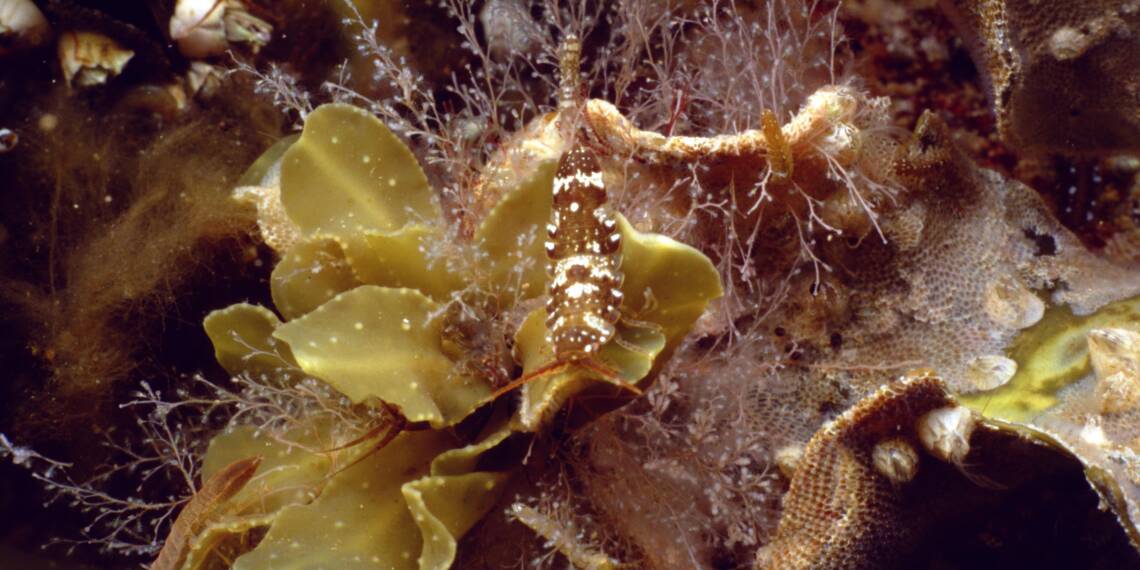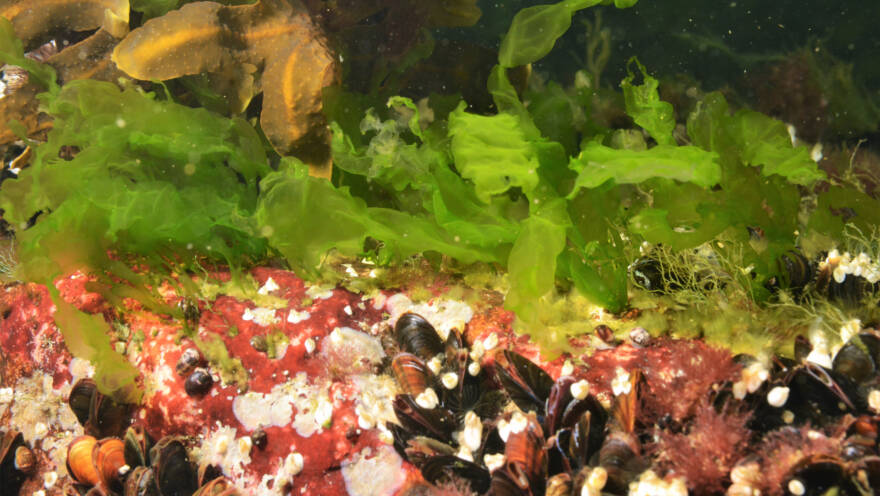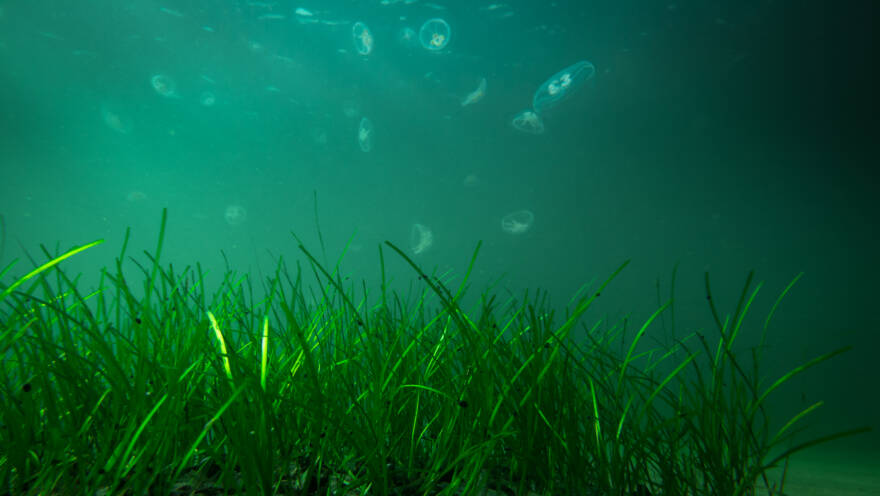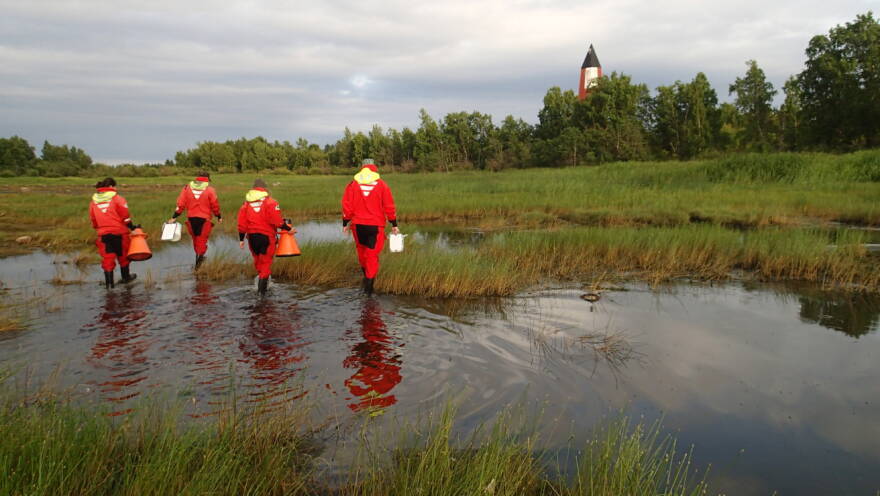
The sustainable use of the sea requires that we know its marine biodiversity
The full spectrum of the biodiversity of the Baltic Sea is gradually opening up to researchers. Seabed surveys provide information on the habitats of different areas and the species that live there. In turn, long-term monitoring of habitats and species reveals how the Baltic Sea has changed and continues to change.
Once the biota is known, researchers can progress to studying the relationships and interactions between species. There is plenty of research to be done because the network of these interactions can be very complex indeed.
Marine ecology studies species, communities, and habitats. It is this fundamental research that builds the foundation for further scientific investigations, which serve the protection, management, and use of the sea. In Finland, marine ecological research is carried out at several institutes and universities.
Benthic animals indicate changes in marine living conditions
A huge variety of small benthic animals live both on and in the seafloor. Some burrow into the soft sediments, while others are anchored to rocks and stones. Some make their home among aquatic vegetation, whereas others are capable of living in a variety of habitats.
-
 Find out more
Find out moreVelmu programme (siirryt toiseen palveluun)
The benthic fauna of the Finnish coastline is already quite well known. It has long been studied, for example, in the VELMU programme (Underwater Marine Biodiversity Inventory Programme). These studies have also turned up some surprises; they have even found benthic faunal species which are new to science!
The study of benthic fauna is important because these species are good indicators of the structure of the bottom, as well as its oxygen status. Research on benthic animals provides information on local living conditions and changes therein. More extensive assessments of the state of the sea can be made by combining the data collected in benthic animal surveys with other information produced by marine research.
Plankton research provides extensive information on the state of the sea
The species composition of plankton communities also indicates the state of the Baltic Sea. Phytoplankton, i.e. plant plankton, are the primary producers of the sea: they are food for the entire marine food web. About 2,000 species of phytoplankton are known in the Baltic Sea, of which the most important groups are the so-called blue-green algae (cyanobacteria), dinoflagellates, and diatoms.
Changes occurring in the marine environment are reflected by a shift in the species composition of the phytoplankton community. These alterations, in turn, will predict the changes to the next level of the food web, i.e. the phytoplankton-eating zooplankton.
Zooplankton can be considered as a kind of node in which changes are still reflected at even higher levels in the food web, i.e. in fish, seabirds, and seals. Therefore, the study of zooplankton communities helps to predict wider changes in the marine food web.
Eutrophication and the improvement of the state of the Baltic Sea are much researched in Finland
A large portion of Finnish marine ecological research focuses on how to improve the state of the Baltic Sea and preserve its functional capacity. The aim is to find out the needs of different species and communities. In other words, the conditions in which the Baltic Sea biota is thriving.
When this is known, it will be possible to assess how marine life in the Baltic Sea will cope with problematic eutrophication. Such knowledge will help to guide marine activities such that marine nature is preserved.
Marine ecological knowledge opens up new perspectives
Marine ecological information provides a comprehensive view of the sea and its critical events. This makes it possible to improve the efficiency of marine research and the methods it employs while saving costs.
Marine research also opens up new perspectives. It can be used to find new uses for, e.g. filamentous algae and other species that thrive and multiply in the eutrophic Baltic Sea.
-
 Find out more
Find out moreThe status of marine environment
-
